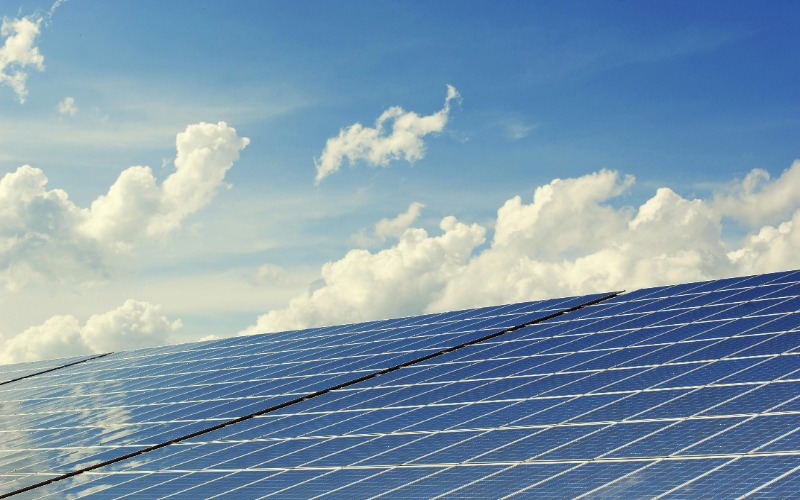
[ad_1]
When folks consider photo voltaic vitality, they usually think about it thriving beneath a blazing solar, assuming that cloudy climate renders photo voltaic panels ineffective. Nonetheless, photo voltaic panels can certainly work on cloudy days, albeit at a lowered effectivity.
This frequent false impression has prevented many potential customers from contemplating solar energy in areas with variable climate. In actuality, photo voltaic know-how has superior considerably, permitting photo voltaic panels to generate electrical energy beneath a spread of situations, making them viable even in cloudy climates. Understanding this versatility can broaden the attraction of solar energy and assist its wider adoption throughout numerous areas.
How Photo voltaic Panels Work With Oblique Mild
The precept behind photo voltaic panels lies of their photovoltaic cells, which convert daylight into electrical energy by capturing varied wavelengths of sunshine vitality. Opposite to in style perception, these cells don’t simply take in direct daylight. In keeping with the U.S. Division of Power, photovoltaic cells are able to producing energy from oblique, or subtle, daylight as nicely. Diffuse gentle happens when daylight is scattered by atmospheric particles, like clouds or fog, making a softer but usable gentle supply.
Though output can lower to 10-25% of full capability on significantly overcast days, photo voltaic programs are nonetheless productive. As an illustration, Germany, one of many world’s main nations in photo voltaic vitality, has a predominantly cloudy local weather. This truth underscores that constant, direct daylight isn’t a strict necessity for photo voltaic vitality manufacturing. As a substitute, environment friendly solar energy technology relies upon extra on the standard and set up of photo voltaic panels and their adaptability to assorted situations.
Why Cloudy Days Aren’t a Dealbreaker for Photo voltaic
One examine from the Nationwide Renewable Power Laboratory (NREL) discovered that photo voltaic installations in areas with excessive cloud cowl can nonetheless carry out at about 60-70% of their optimum output yearly.
In some circumstances, cloudy situations can actually have a minor profit: lowered temperatures. Photo voltaic cells can lose effectivity at larger temperatures, so cooler, cloudy days could end in a extra steady, albeit lowered, output. Moreover, particular photo voltaic panel fashions, resembling monocrystalline panels, are inclined to carry out higher in low-light situations in comparison with polycrystalline panels. This effectivity variation provides potential customers extra flexibility when selecting one of the best panel for his or her area.
The Regional Perspective: Cloudy Locations The place Photo voltaic Thrives
Areas such because the Pacific Northwest in america and components of northern Europe expertise common cloud cowl however have embraced solar energy via cautious planning and dependable know-how. Seattle, Washington, for instance, has embraced photo voltaic vitality as a part of its renewable vitality efforts, regardless of being a metropolis identified for its overcast days. Within the UK, cloudy days are the norm, however photo voltaic vitality adoption has grown steadily. In keeping with Photo voltaic Power UK, photo voltaic panels within the nation can nonetheless produce about 60% of their typical output on cloudy days.
Addressing Misconceptions and Rising Consciousness
The concept that photo voltaic panels are ineffective in non-sunny climates is basically because of outdated perceptions of photo voltaic know-how. Older photo voltaic programs certainly face challenges with cloudy climate, however trendy photo voltaic panels have improved tremendously in changing low-light vitality. Public consciousness of those developments stays low, and debunking these myths might be instrumental in driving photo voltaic adoption throughout numerous areas.
[ad_2]
Supply hyperlink




